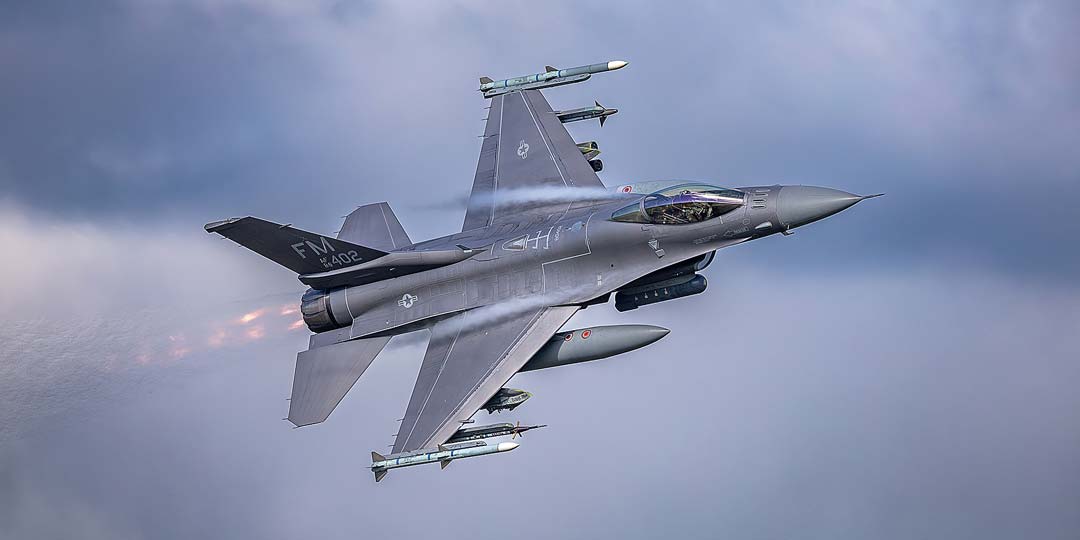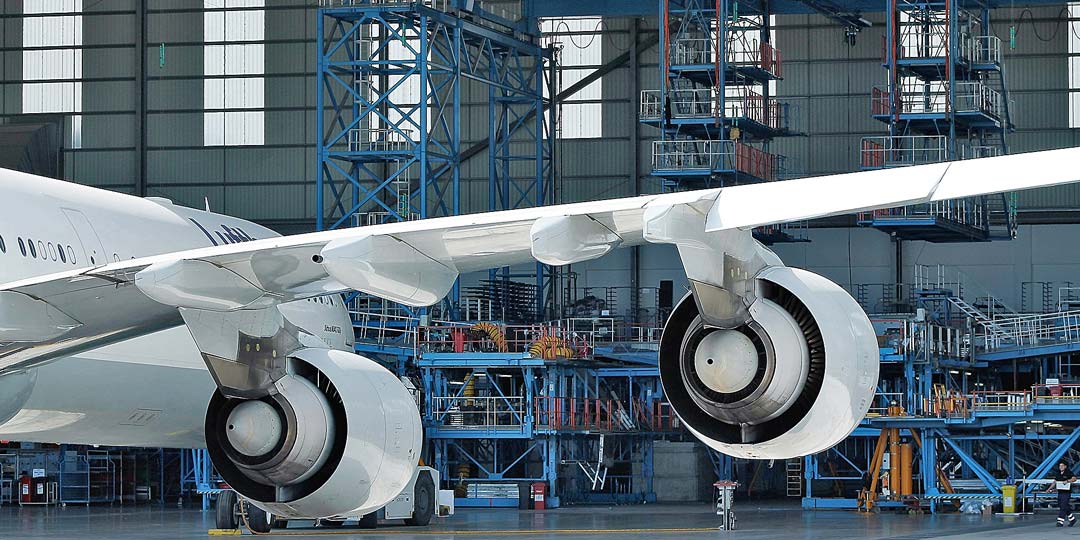Calibration Requirements of AS9100
Calibration Management for Aerospace Compliance
What is AS9100?
AS9100 is a widely recognized quality management system standard for the aerospace industry, which builds upon the foundation of the ISO 9001 standard with additional requirements specific to the sector. Ensuring accurate and consistent functioning of measuring and test equipment is crucial for maintaining product quality in the aerospace industry. Let’s explore the calibration requirements of AS9100 and how GageList, a market-leading cloud-based calibration management software, helps organizations meet these requirements.
AS9100 Calibration Requirements
While the AS9100 standard does not provide specific calibration requirements, it does include clauses that address the need for proper calibration and control of monitoring and measuring equipment. The main clauses related to calibration requirements can be found in section 7.1.5 “Monitoring and measuring resources” and section 8.1.2 “Control of monitoring and measuring equipment.” These clauses cover the following points:
- Determine the necessary monitoring and measuring resources: Identify what resources are required for monitoring and measurement to provide evidence of product and process conformity.
- Ensure the resources are suitable: Make sure that the selected monitoring and measuring resources are appropriate for the type of measurements being taken and the level of accuracy and precision needed.
- Calibration and verification: Establish a process to calibrate and verify the monitoring and measuring resources at specified intervals or prior to use, against measurement standards traceable to international or national standards. When no such standards exist, the organization must use an appropriate basis for calibration.
- Identify calibration status: Identify each measuring instrument with a clear indication of its calibration status to ensure they are used and maintained appropriately.
- Safeguard the resources: Safeguard the monitoring and measuring resources, including storage, handling, and protection from damage, deterioration, or loss of accuracy.
- Control of nonconforming equipment: In case any monitoring or measuring resource is found to be nonconforming, the organization must take appropriate action, including re-calibration, re-verification, or replacement. They must also evaluate the impact of the nonconforming equipment on previous measurements and take necessary corrective actions.
- Maintain records: Maintain records of calibration and verification activities, including any necessary actions taken as a result of nonconforming equipment.
These requirements provide a general framework for calibration in the AS9100 standard. However, organizations should refer to industry-specific guidelines, customer requirements, instrument manufacturers’ specifications, and regulatory requirements for more detailed information on calibration processes and intervals.

Calibration-Related Clauses in AS9100
AS9100 is based on ISO 9001:2015 and includes all its requirements, with additional requirements specific to the aerospace industry. The corresponding clauses for AS9100 are:
- Clause 4.4: Quality Management System and its Processes – Emphasizes the need for aerospace organizations to establish, implement, maintain, and continually improve their QMS, including calibration processes.
- Clause 6.1: Actions to Address Risks and Opportunities – Requires organizations to plan actions to address risks and opportunities in their QMS, which may involve calibration processes.
- Clause 7.5: Documented Information – Outlines the requirements for creating, updating, and controlling documented information, including maintaining records of the calibration process.
- Clause 8.4: Control of Externally Provided Processes, Products and Services – Addresses the control of externally provided processes, products, and services, and includes the responsibility to ensure the competence of external providers, including those providing calibration services.
- Clause 8.5: Production and Service Provision – Requires implementation of necessary controls for production and service provision, which includes the use of suitable monitoring and measuring resources.
- Clause 9.1: Monitoring, Measurement, Analysis and Evaluation – Discusses the need to evaluate the effectiveness of the QMS, which includes monitoring and measuring processes and equipment.
- Clause 9.2: Internal Audit – Requires organizations to conduct internal audits at planned intervals to determine whether the QMS conforms to the organization’s own requirements and the requirements of the respective standard (ISO 9001 or AS9100).

How GageList Helps Meet AS9100 Calibration Requirements
GageList is an online calibration management software designed to help organizations manage their calibration processes more efficiently. It helps companies meet the calibration requirements of AS9100 in the following ways:
- Centralized Record-Keeping and Ubiquitous Access: GageList allows UNLIMITED USERS to have secure, role-based access control (at no extra cost) to ensure that only authorized personnel can view, modify, or manage calibration records and equipment information, safeguarding the validity of results and complying with AS9100 requirements. GageList allows organizations to store all their calibration records in one secure, cloud-based platform, making it easy to manage gage data from anywhere, any time, on any device.
- Information Security: Gagelist has achieved SOC2 compliance, demonstrating our commitment to maintaining high levels of security, availability, processing integrity, confidentiality, and privacy of our systems and data.
- Calibration Scheduling And Reminders: GageList sends automatic notifications and reminders for upcoming calibrations or verifications, ensuring that organizations calibrate their equipment at specified intervals and in compliance with AS9100.
- Calibration History And Traceability: GageList stores the complete calibration history of each piece of equipment, making it easy to maintain traceability and demonstrate compliance with AS9100 requirements.
- Customized Reports: GageList lets users generate customized reports on various aspects of the calibration process, such as calibration due dates, equipment status, and calibration history. These reports can be used to evaluate the effectiveness of the calibration process and support decision-making.
- External Calibration Service Management: GageList helps organizations manage external calibration service providers, helping to ensure that external providers are competent, and their calibration results are valid and traceable, in line with ISO 9001:2015 requirements.
- Documented Procedures And Work Instructions: GageList can store and manage documented procedures and work instructions related to the calibration process, helping organizations maintain consistency and accuracy in their calibration activities.
- The GageList Difference: GageList is recalibrating calibration with game-changing features no other platforms offer:
- Unlimited Users on all accounts at no extra cost.
- Free Mobile App for iOS and Android – manage gages anywhere, any time, on any device, online or offline.
- Simple Multi-Site Gage Management lets you manage calibration in all your locations from a single dashboard.
If you have additional questions about implementing a calibration program to support compliance with ISO 9001:2015, please feel free to reach out to our Customer Success Team.

